(Long ago, I had another blog, covering weird things in Pennsylvania. It got no attention. This is me recycling content)
For as quiet of a state as Pennsylvania seems, there has been a fair share of bloodshed. Gettysburg is the classic favorite, with tales of brother fighting brother, but today’s history lesson is about a more obscure battle between the ancestors of the United States.
I’m talking, of course, about the Pennamite-Yankee wars, that great series of battles between Connecticut and Pennsylvania…. A quick glance at the map will show they don’t exactly share a border. As I’m sure there’s only one person nodding her head and understanding, allow me to explain how these two current states came to battle it out. Jump in time all the way to the reign of Charles II, who could use a paragraph of English-history-type background himself. Charlie was an interesting king, as he wasn’t crowned King of England instantly after the execution of his father Charles I (due to the whole issue with Oliver Cromwell at the time). He was instead crowned King of Scots, and summarily had his ass handed to him in battle by the Oliver and his Parliamentarians (which, incidentally, would make a great 50s band name). After some time in exile, England brought him back upon the death of Cromwell, and finally crowned him in 1661. Apparently the English forgave him, as they forged dates on documents so that Charles immediately succeeded his father, clearing up that whole messy incident. As an additional apparent “sorry for the Civil War” moment, the church of England canonized his father Charles I. He still is the only person ever venerated by the Anglican Church. Charles II’s reign was marked by hedonism in the church, and contrarily an attempt to restore the church of England to its former stature, in other words more the actions the throne was used to.
Jump in time all the way to the reign of Charles II, who could use a paragraph of English-history-type background himself. Charlie was an interesting king, as he wasn’t crowned King of England instantly after the execution of his father Charles I (due to the whole issue with Oliver Cromwell at the time). He was instead crowned King of Scots, and summarily had his ass handed to him in battle by the Oliver and his Parliamentarians (which, incidentally, would make a great 50s band name). After some time in exile, England brought him back upon the death of Cromwell, and finally crowned him in 1661. Apparently the English forgave him, as they forged dates on documents so that Charles immediately succeeded his father, clearing up that whole messy incident. As an additional apparent “sorry for the Civil War” moment, the church of England canonized his father Charles I. He still is the only person ever venerated by the Anglican Church. Charles II’s reign was marked by hedonism in the church, and contrarily an attempt to restore the church of England to its former stature, in other words more the actions the throne was used to.
More pertinently, Charles was around during the time that land was first being snatched up in the New World, and he was fond of giving out land grants. Most Pennsylvanians had a side note on him in their grade school books as he was the person who gave, in particular, the grant of land to William Penn in 1681. To refresh your memory, he appealed to the King that persecuted members of his religion , the Quakers, should move en masse to America. He ended up being made the holder of the largest area of land that any person owned in the New World. In a famous egotistical moment, he called this “Penn’s Woods” or Pennsylvania. The area of land encompassed far more than the present day state, and Penn worked hard to bring new settlers to live in his new paradise. (Today, we honor him with a giant statue on top of City Hall of him peeing down onto the state he helped found.)

There was, however, a problem. Part of the same land given to Penn had previously been given to Connecticut in 1662, this grant also by Charles II. Whether re-gifting the same tracts of land was a slight to the Connecticut-ians (Connecticut-oids?) or just a massive clerical error, we’ll never know. But, for years it wasn’t that big of an issue. Both Connecticut and Penn’s Quakers and other settlers made treaties for the overlapping land with the local Native Americans, farmed and seemingly went about their business.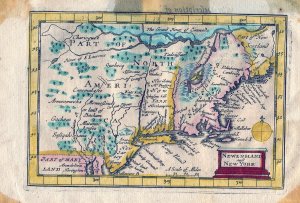
Then, at some point along the way, Connecticut decided that it wanted that land it had been initially promised back, and NOW. Ignoring the fact that even the colonies weren’t even contiguous, they sent settlers to the top of the Susquehanna River, (the Wyoming Valley) in 1754. These settlers then founded the town of Wilkes-Barre not long after. Pennsylvanians were outraged at the squatters, and decided to kick them out in 1769. Militia, most of which had just returned from fighting the French and Indian War, headed up to the area, and a small series of battles began which extended over the next few years. The name for the conflict came from the opposing sides, Pennamite being the nickname for Pennsylvanians and Yankee that for Connecticut-ids. In this “first” war, not much was accomplished. There wasn’t even much bloodshed on either side, with deaths you could count on your fingers.
As America was still under British rule, King George III stepped in to help clear up the mess that his predecessor created. After much thought and consulting the maps, the Wyoming Valley, he decided, was definitely the property of Connecticut. Jubilant, the Connecticut-iads engaged in what was apparently their local pastime – founding towns, this one Westmoreland.
This whole decision just made the Pennsylvanians cranky, and they refused to leave the newly declared Connecticut land. Eventually, Northumberland County attacked some Connecticut settlers in 1775–which didn’t work out very well for them.

It was about this time that both sides of the issue found themselves distracted by the more encompassing American Revolution. The area, in fact found itself in the midst of some of the most vicious fighting, namely the Battle of Wyoming (aka the Wyoming Massacre), which occurred after the British Army surrendered. Angry loyalists, along with Native Americans, took their aggression out on the local Patriots and it erupted in a huge battle in the 1778. The Loyalists won, killing over 300 in battle and massacring and torturing others afterward.
Despite this brush with the horrors of war, after the Revolution ended, the Wyoming Valley remembered that they were Pennamites and Yankees, and began to fight again. By all accounts, the fighting had degraded to bar fights and Matfield/McCoy like battles of small groups attacking and sniping at each other. Finally, to give end to the issue, the Continental Congress stepped in to look at the issue in 1782. As these were people who had just spent the last decade fighting England and King George, it’s probably not surprising that they decided they did not agree with his decision, and decided that the area most definitely was the property of Pennsylvania.
Of course, those from Connecticut are resilient type, and they didn’t take the decision that they had lost a twenty year argument sitting down. When told to leave, they once again took arms and refused. This time, they brought recruits, both from Connecticut itself and Vermont, mostly hardened veterans of the Revolution to fight off anyone who would try to remove them back to their northern homes. Small fights and attacks continued.
Although the issue seemed to be gearing up for a bigger issue, it more or less finally petered itself out over time, finally coming to when the various land titles were looked into individually. Those Yankees left in the area either licked their wounds and retreated to the new founded Constitution State, or shrugged, looked at the bloody history of the last two generations, and quietly took on the mantle of being a Pennsylvania citizen.
The series incident was mostly lost to history due partially to the more important battles of the immediate period. If the area is mentioned in history books at all, it’s usually in reference to the particularly brutal Battle of Wyoming, and the name “Yankee Pennamite War” is honestly something of a misnomer. Still, the descendants of Quakers taking arms against the founders of Hartford for control of Wilkes Barre is bizarre enough that it shouldn’t be forgotten.
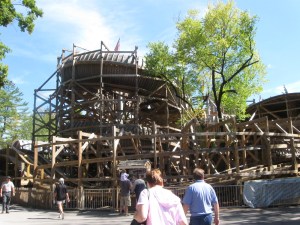
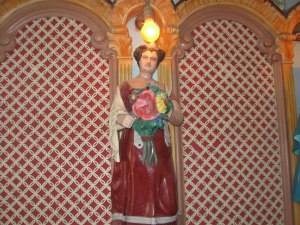 Also, they hadn’t seen one unclothed, so they just winged that one.
Also, they hadn’t seen one unclothed, so they just winged that one.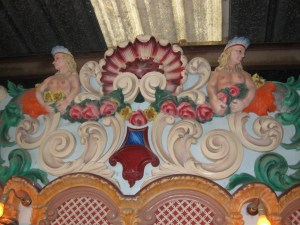
 There were literally dozens of these around when I was a kid in the eighties. I remember zebras, tigers, bears and Mr. Lion here. It makes me so happy to see he’s still around. Not that I’d stick my head in there to drink if I was paid, that’s just nasty and some kid probably slobbered all over the faucet, but still, it’s good it exists.
There were literally dozens of these around when I was a kid in the eighties. I remember zebras, tigers, bears and Mr. Lion here. It makes me so happy to see he’s still around. Not that I’d stick my head in there to drink if I was paid, that’s just nasty and some kid probably slobbered all over the faucet, but still, it’s good it exists.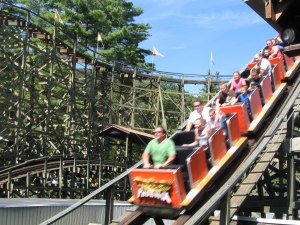
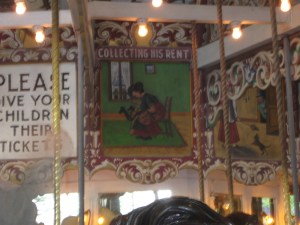
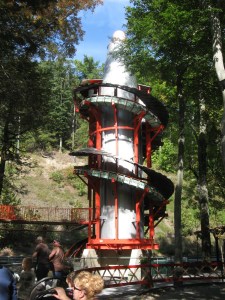

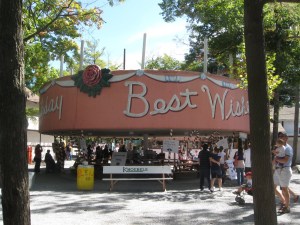
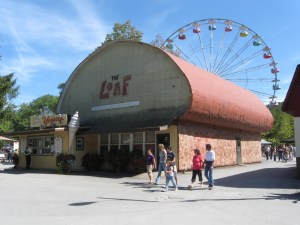
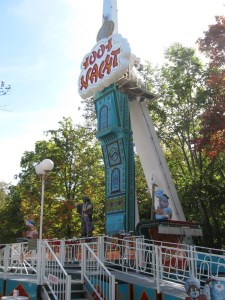
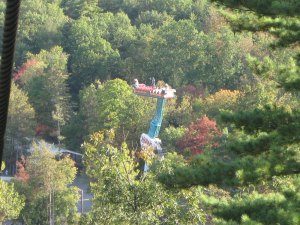
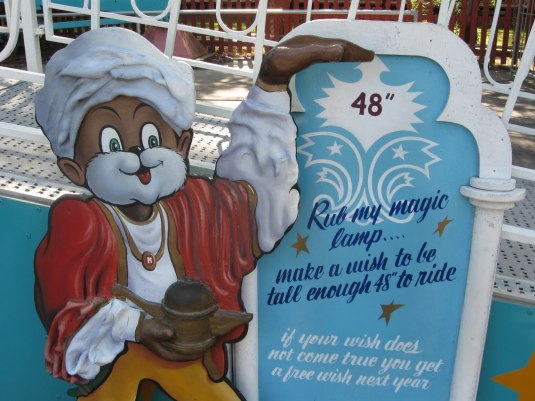


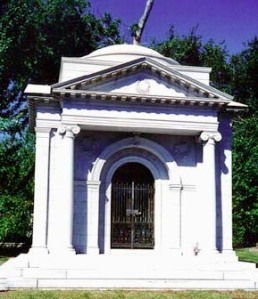


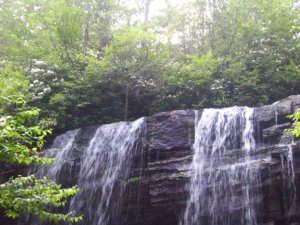

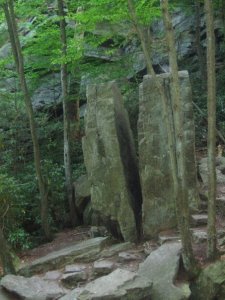
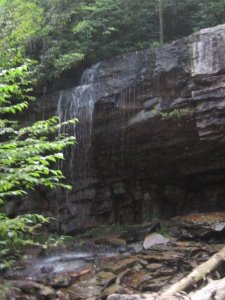


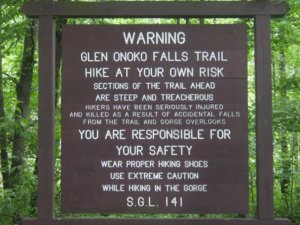
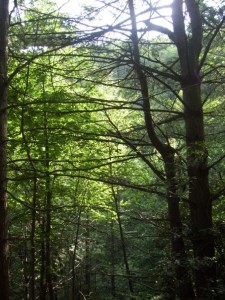







Recent Comments